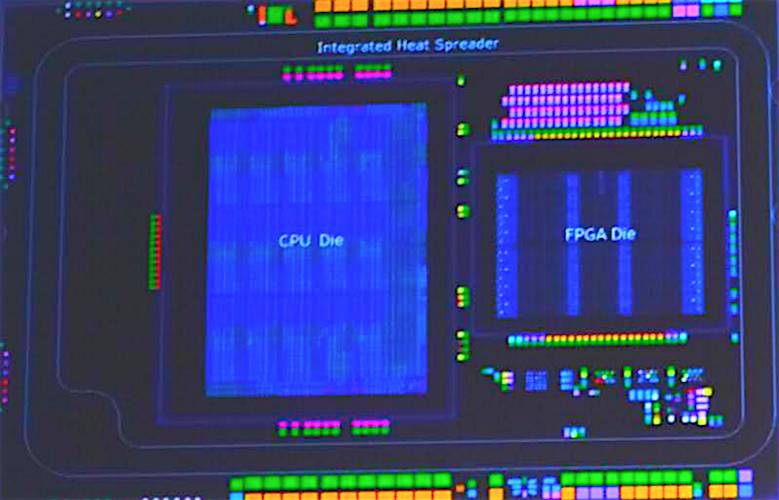a li'l recap:
haswell:
Analysis: Intel shows off Haswell, minus the important bits
http://semiaccurate.com/2011/09/21/analysis-intel-shows-off-haswell-minus-the-important-bits/
Intel admits Haswell uses transactional memory
http://semiaccurate.com/2012/02/07/intel-admits-haswell-uses-transactional-memory/
Haswell is a graphics monster
http://semiaccurate.com/2012/02/08/haswell-is-a-graphics-monster/
Haswell’s GPU prowess is due to Crystalwell
http://semiaccurate.com/2012/04/02/haswells-gpu-prowess-is-due-to-crystalwell/
Haswell-EP to use the same socket, just totally different
http://semiaccurate.com/2012/07/09/haswell-ep-to-use-the-same-socket-just-totally-different/
Haswell graphics for GT1 and GT2 revealed
http://semiaccurate.com/2012/08/31/haswell-graphics-for-gt1-and-gt2-revealed/
Haswell GT3 uses shaders to save power
http://semiaccurate.com/2012/09/07/haswell-gt3-uses-shaders-to-save-power/
Crystalwell is very wide memory for Haswell GT3
http://semiaccurate.com/2012/09/10/crystalwell-is-very-wide-memory-for-haswell-gt3/
Intel to split up ULV with Haswell
http://semiaccurate.com/2012/12/05/intel-to-split-up-ulv-with-haswell/
Intel's Haswell Architecture Analyzed: Building a New PC and a New Intel
http://www.anandtech.com/show/6355/intels-haswell-architecture
Making Sense of the Intel Haswell Transactional Synchronization eXtensions
http://www.anandtech.com/show/6290/making-sense-of-intel-haswell-transactional-synchronization-extensions
Intel Haswell Info: Single Chip for Ultrabooks, GT3 GPU for Mobile, LGA-1150 for Desktop
http://www.anandtech.com/show/5078/intel-haswell-info-single-chip-for-ultrabooks-gt3-gpu-for-mobile-lga1150-for-desktop
Haswell at IDF 2012: 10W is the New 17W
http://www.anandtech.com/show/6248/haswell-at-idf-2012-10w-is-the-new-17w
Specifications of Intel's Mobile Haswell CPUs Leaked
http://www.tomshardware.com/news/intel-haswell-mobile-cpu-processor,19848.html
Leaked Slide Shows Intel Haswell Set for March-June 2013
http://www.tomshardware.com/news/Intel-Haswell-LGA-1150-Ivy-Bridge-CPU,14673.html
Haswell CPUs to Top Out at 3.5 GHz (desktop)
http://www.tomshardware.com/news/intel-haswell-leaked-clock-speeds,19719.html
latest:
Intel to Offer Nine Types of Haswell Processors in Four Types of Packages.
http://www.xbitlabs.com/news/cpu/display/20121227233038_Intel_t ffer_Nine_Types_of_Haswell_Processors_in_Four_Types_of_Packages.html
ffer_Nine_Types_of_Haswell_Processors_in_Four_Types_of_Packages.html
Intel’s Haswell to Feature Secret Weapon: Integrated Voltage Regulator.
http://www.xbitlabs.com/news/cpu/display/20121226225930_Intel_s_Haswell_to_Feature_Secrete_Weapon_Integrated_Voltage_Regulator.html
broadwell:
Intel’s Broadwell CPU; more details leak
http://semiaccurate.com/2012/11/29/intels-broadwell-cpu-more-details-leak/
Exclusive: Intel’s Broadwell CPU chipsets
http://semiaccurate.com/2012/10/26/exlcusive-intels-broadwell-cpu-chipsets/
beyond broadwell:
ye olde rumor on skylake/skymont (says broadwell is 16nm. go figure.)
After Intel’s Haswell comes Broadwell, Sk……
http://semiaccurate.com/2011/03/31/after-intels-haswell-comes-broadwell-sk/




